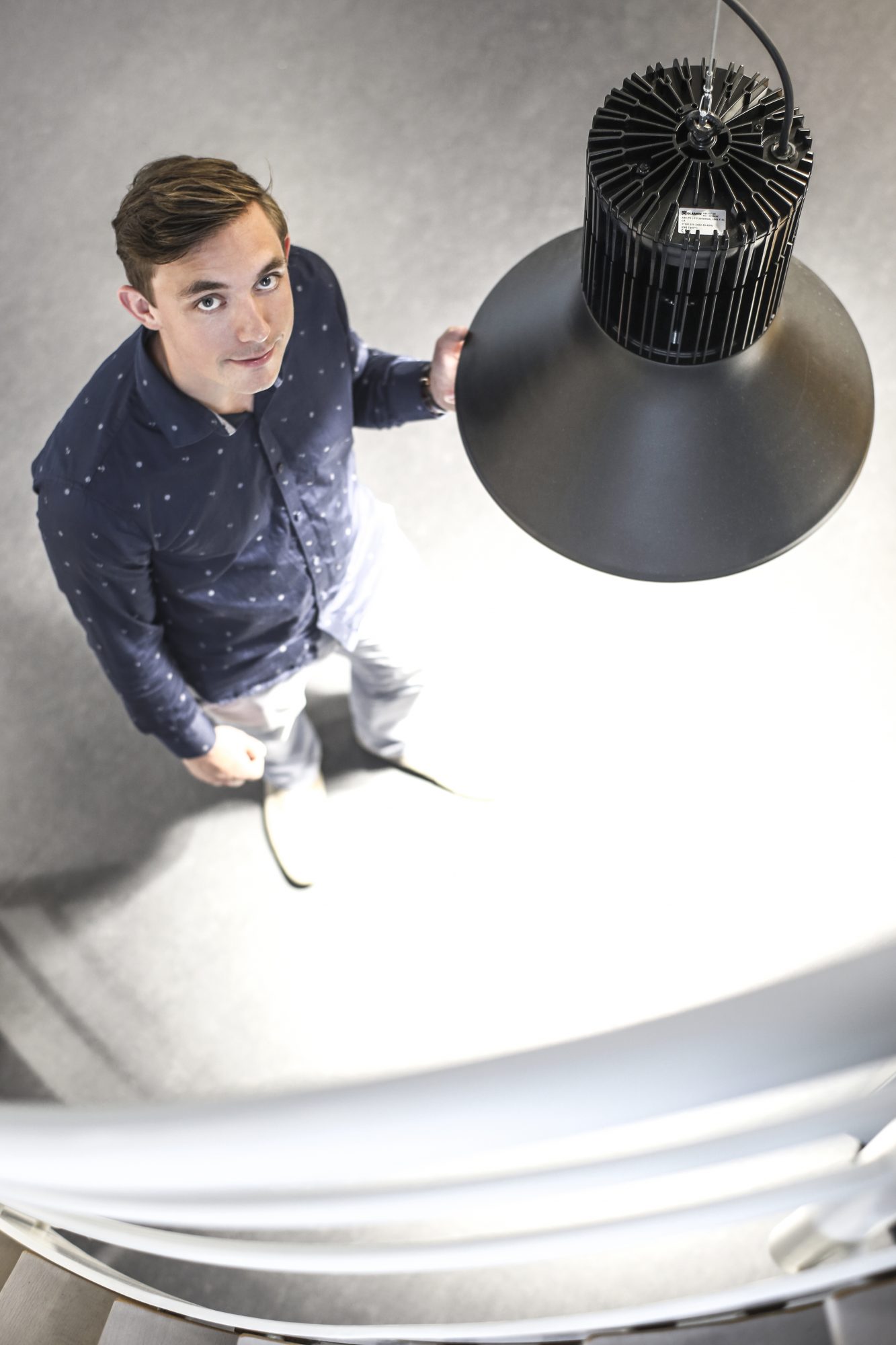Not many years ago, systems that would turn lights on automatically when you stepped into a room were science fiction. Today it’s simply what we expect when we enter a modern building. According to Anders Olsen, sales consultant at Glamox, we’ve only seen the beginning of the development of such lighting management systems (LMS).
“In the years to come, I think LMS will become increasingly integrated with Human Centric Lighting technology. The latter enables light to meet the needs of each individual,” Anders explains.
Easy installation, precise monitoring
The young consultant thinks that the future holds good news for building owners and facility managers.
“I expect light management systems to become easier to use and install for electricians and installers. In the future I think we will see an extended use of systems that allow for detailed monitoring. This will make maintenance easier and offer more control over the energy consumption. We’re already able to monitor the power consumption down to each individual luminaire. In the future, we’ll probably see an even better realisation of the potential savings this kind of monitoring and control allows for,” says Anders.
Energy efficient and user friendly
A lot of the energy saving potential from professional LED lighting is already utilised; the next step is to ensure that buildings only provide lighting where it’s needed, when it’s needed.
“Both centralised big systems and smaller, so called ‘stand alone’ systems provide several advantages. As well as energy savings, a reduction in the number of hours lighting is used in a room, also means a prolonged lifetime of the luminaires involved. Another important advantage is the flexibility which makes rewiring redundant,” points out Anders.
According to Anders, the ‘stand alone’ system makes lighting in an individual room more efficient. With the use of sensors making sure that light is turned off or dimmed down when the room is empty. Sensors can also measure the daylight flooding into the room and adjust artificial lighting accordingly.
With this in mind, light management systems may well be the most viable solution when it comes to making sure that every penny used on lighting is well spent.







